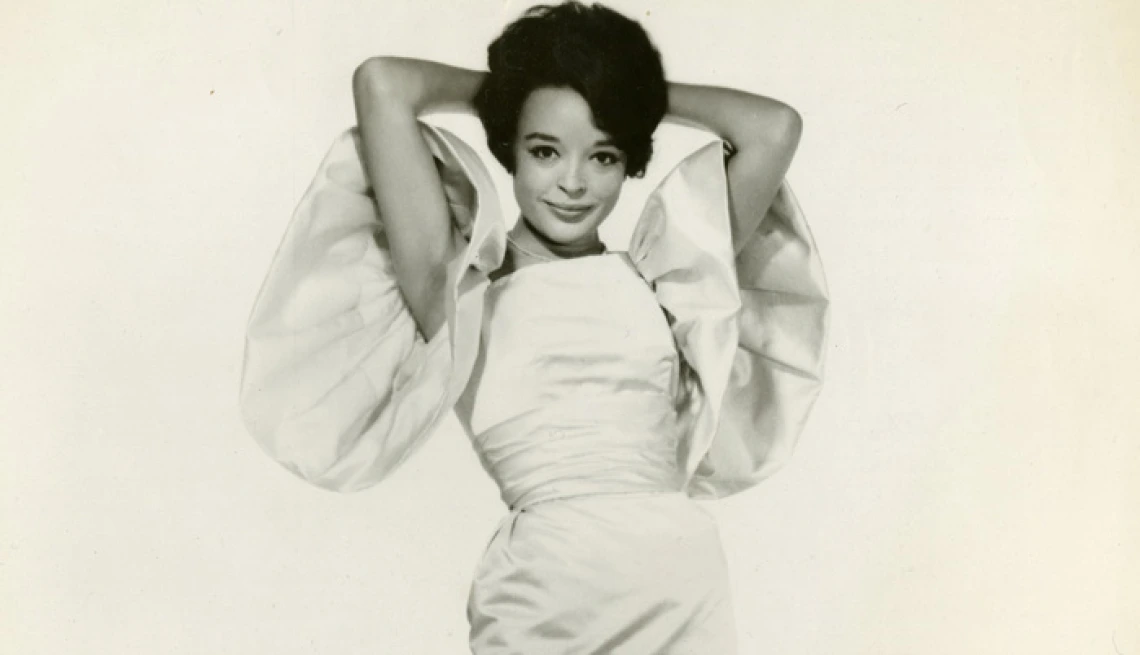Jill Corey collection

Photo By Jill Corey
Collection area: Performing Arts
Collection dates: 1953-2004 bulk (bulk 1953-1989)
The inclusive dates for this collection are circa 1950s through 2000s. The collection includes materials spanning Jill Corey’s first and second careers. In 1953, Jill Corey was signed by Columbia Records and recorded her first single “Robe of Calvary”. This was the first of many hit singles that Jill Corey would produce. These first records, among others, are housed within this collection. Magazines, recordings, and telegrams highlight important milestones in her early career. Publicity materials, photographs, posters, and a DVD of Senior Prom can be found in the collection as well. This collection also includes the LIFE magazine spread, DVDs of the Ed Sullivan and the Johnny Carson Show, in which she was a regular guest star. Materials from her hit musical play Meet Me in Saint Louis are also found in the collection. Images of the Hoak family can be found in the Audio Visual Materials. After Don Hoak’s death, Jill Corey returned for her second career, making a new name for herself in musical theatre. Publicity materials and newspaper reviews from her second career are represented in the collection as well. In 1989, Jill Corey performed in Carnegie Hall to a sold out crowd. The program and audio recording for this event are found in the collection.
Jill Corey was born Norma Jean Speranza in Avonmore, Pennsylvania. She was the youngest of five children born to Clara and Bernard Speranza. At the age of four, she lost her mother to a serious infection. Alice, her older sister, became the dominant female presence in Jill’s life. Her father and four older brothers worked in a small, private coal mine in order to support the family. Jill started singing at the age of four. From a young age, Jill would perform at family gatherings, local talent contests, and at school. At age thirteen, she won her first competition. The contest was sponsored by a local chapter of the Lion’s Club and the prize was an opportunity to sing on a local radio station. She was an instant hit and as a result, she was given her own local weekly radio show, Dream Time.
In the spring of 1953, Jill graduated from Bell-Avon High School. That same year she was signed by Mitch Miller, the director of artists at Columbia Records in New York. Mitch Miller had Jill audition for Arthur Godfrey, and Dave Garroway. Miller contacted LIFE magazine, who decided to feature Jill Corey in the November 9, 1953 issue. She was offered television contracts and she decided to sign with Garroway. She debuted on prime time television as the lead singer for the Dave Garroway Show. With the help of the Manhattan telephone directory and Garroway’s influence, Norma Jean Speranza became Jill Corey. During this time, Jill Corey recorded her first studio single, the “Robe of Calvary” for Colombia Records. This began a long and fruitful career as a recording artist. Other major hits from Jill Corey include “I Love My Baby”, “Love Me to Pieces”, “Big Daddy”, and “Sometimes I’m Happy, Sometimes I’m Blue”.
In 1954, Jill was a regular on Stop the Music, the Robert Q. Lewis Show with Merv Griffen, and the Johnny Carson Show. In 1957, Jill became a member of the cast of the long-running staple of 50s television, Your Hit Parade. Between 1957 and 1960, Jill appeared on the Ed Sullivan Show.
In 1958, Jill became the youngest performer to ever headline at New York’s famed Copacabana. In the same year she filmed the motion picture, Senior Prom, co-starring Paul Hampton and James Komack. At this height in her career, she met Don Hoak, the third baseman for the Pittsburgh Pirates. They married in Pittsburgh in 1961, and Jill retired. In 1965, they had a daughter and named her Clare. In 1969, Don Hoak died of a heart attack, propelling Jill Corey to return to the spotlight. During her second career, she starred in many plays, both off-Broadway and on tour. Some of her plays include Annie Get Your Gun, Sweet Charity, Promises, Promises, and Gypsy at the Carousal Dinner Theater. In 1989, she played at Carnegie Hall to a sold out crowd.
A collection guide explains what's in a collection. New to using our collections? Learn how to use a collection guide.
Collection guideAccess this collection
Visit us in person to access materials from this collection. Our materials are one-of-a-kind and require special care, so they can’t be checked out or taken home.
How to cite
Learn how to cite and use materials from Special Collections in your research.
